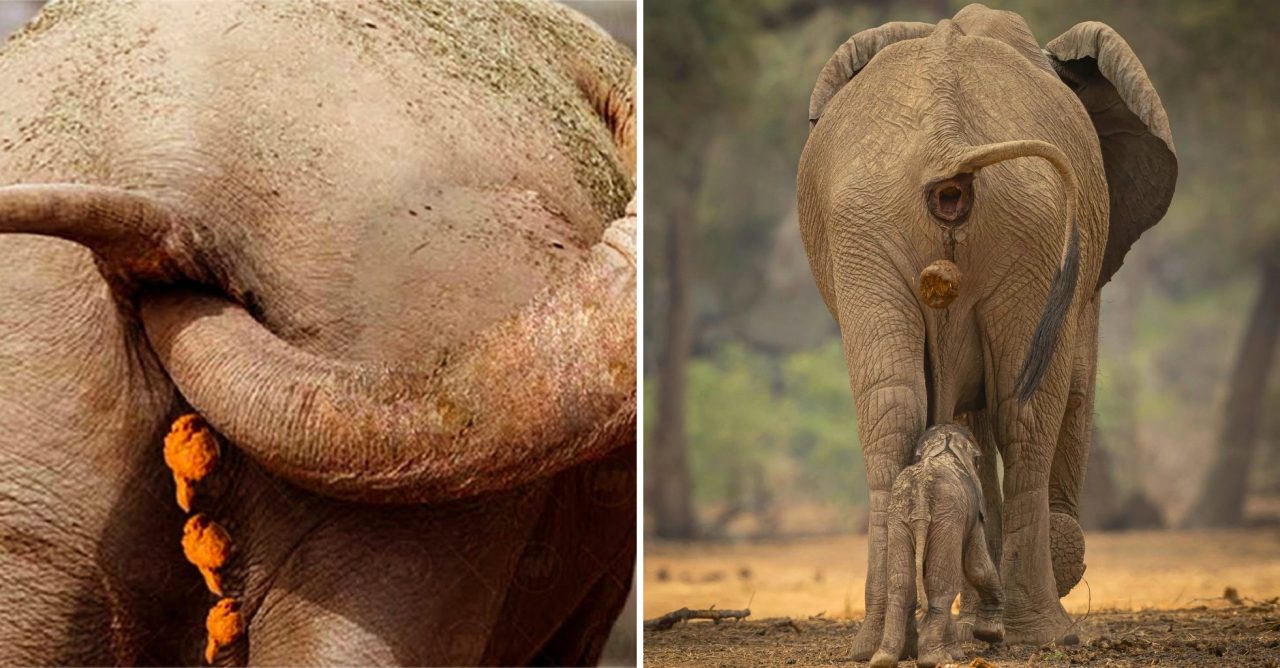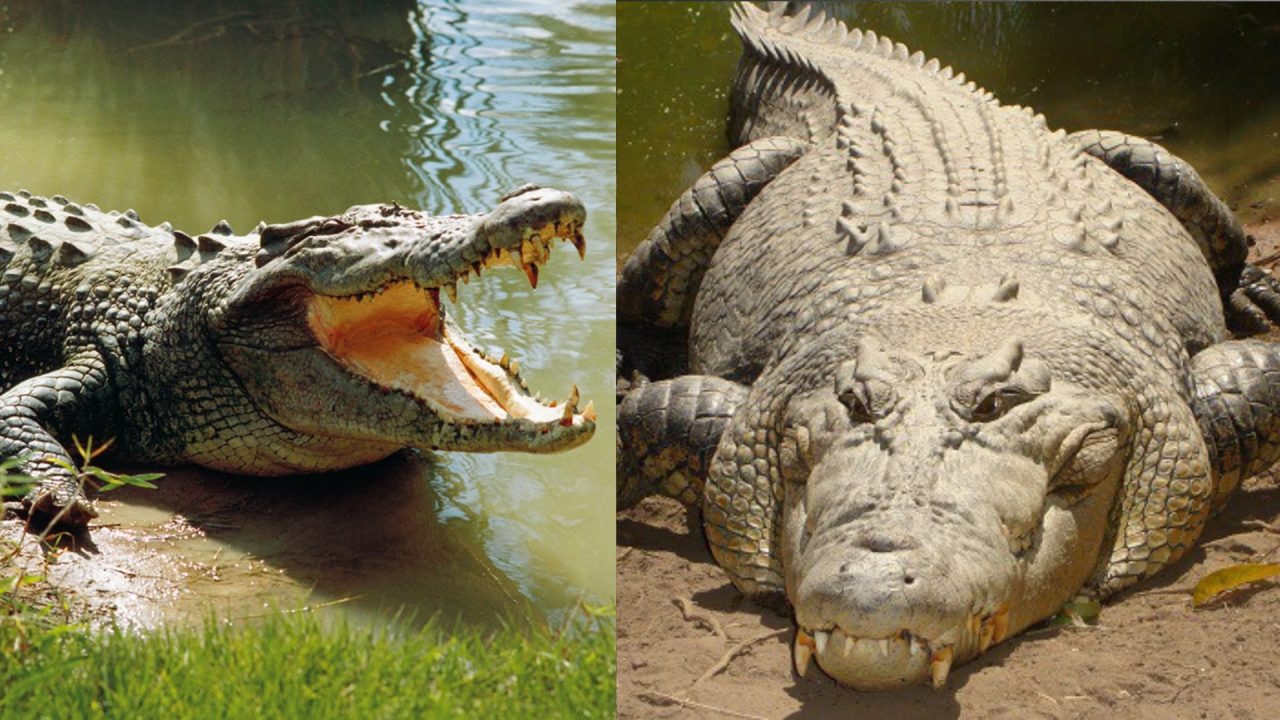Florida is a paradise for birds. Its mild climate, abundant water, and plentiful vegetation support thousands of species. Birds with adaptations to freshwater and saltwater abound in its marshes, swamps, lakes, and coasts. If you go birdwatching in Florida, white birds are some of the first to stand out against a backdrop of green, blue, or gray. This article explores some of the white birds in Florida. You’ll get to take a look at their habitat, diet, and where they live in the state. Keep reading to learn more!
14 WHITE BIRDS IN FLORIDA
1. AMERICAN WHITE PELICAN

Scientific name: Pelecanus erythrorhynchos
The American white pelicans are native to North America. They migrate between south-central Canada and the southern United States and Mexico. You can find them throughout Florida during the non-breeding season. Populations are concentrated by bodies of water and the along the coasts. Some of the best places to see white pelicans in Florida include the J.N. “Ding” Darling National Wildlife Refuge on Sanibel Island, the Merritt Island National Wildlife Refuge near Cape Canaveral, and the St. Marks National Wildlife Refuge in the Panhandle.
Recognize an American white pelican, and distinguish it from the brown pelican, by way of its feather color and bill. These birds are all white except for a black stripe along the outer edges of the wings, and have a pinkish-yellow beak.
Their bills are long and equipped with a pocket, where they gulp fish. The feeding behavior of American white pelicans is unique among birds. They often feed in groups, using a cooperative feeding technique known as “herding.” In this technique, a group of pelicans will work together to corral a school of fish into shallow water or a small area, making it easier for them to catch the fish. Once the fish are corralled, the pelicans will dip their bills into the water and scoop up the fish in their expandable throat pouches. They will then lift their heads and swallow the fish whole.
White pelicans tend to stick to the scooping method, while brown pelicans are the divers.
2. WOOD STORK

Scientific name: Mycteria americana
Wood storks are long-legged wading birds at home in wetlands, swamps and marshes of Florida. They live year round in the southern part of the state, particularly in the Everglades. You’ll only spot them on the Gulf Coast in the panhandle during winter, and sometimes in the northeastern corner of the state during the summer.
They’re easy to recognize because they have no feathers on their heads with a long, down-curved bill. Adults have white bodies with black along the edge of their wings.
Wood storks are primarily piscivorous, meaning they eat fish. They are opportunistic feeders and will eat a variety of fish species, as well as crustaceans, insects, and other small animals. They typically feed by wading through shallow water and using their bills to feel for fish and other prey.
Wood storks are an important indicator of wetland health, as they are sensitive to changes in water levels and other environmental factors.
3. WHOOPING CRANE

Scientific name: Grus americana
Many an avid birder’s dream is to see a whooping crane. Whooping cranes almost went extinct in the 1940s because of habitat destruction and overhunting. They are one of the rarest birds in North America, with only a few hundred individuals remaining in the wild in Florida, Texas, and Canada. In Florida, see them in the central-south part of the state. Some areas they are known to be found are the Paynes Prairie Preserve and Three Lakes Wildlife Management Area.
They are tall, majestic birds that are found in wetland habitats. These cranes have white feathers and a distinctive red crown on their head. Often, they will mix in with other large flocks of cranes, like the Sandhill crane.
Pairs of whooping cranes mate for life. They do elaborate dances and courtship displays to solidify their partnership. Territorial defense is another component of a whooping crane’s life. Males are extremely aggressive towards other cranes that cross over into his territory during the breeding season.
Whooping cranes are primarily herbivorous, meaning they eat plant material. Their diet typically includes aquatic plants, berries, and seeds. They are also known to eat small animals, such as insects and crustaceans, particularly during the breeding season.
4. GREAT EGRET

Scientific name: Ardea alba
Great egrets have bright white feathers, a yellow bill, and black legs. During the breeding season, adults grow white frond-like feathers from their back called “aigrettes”. They can fan out, shake and hold up these feathers during courtship displays. During this time, their faces right around the eye turn neon green.
Great egrets lives year round throughout Florida. It prefers marshes and other wetlands including fish-rearing ponds, canals, tidal flats and flooded farm fields, where it stalks prey in the shallow water. It hunts by curling up its neck and slowly pursuing an unsuspecting fish. When it’s ready, it stabs into the water and pierces the fish through. They will wade in water up to their belly.
5. SNOWY EGRET

Scientific name: Egretta thula
The snowy egret’s perfectly-coiffed feathers on its head and body stand out against murky gray waters and green grasses. It uses its bright yellow feet to stomp around in the water and stir up potential meals like fish and crustaceans. Distinguish it from the great egret by its black bill and yellow at the front of the face.
They also live year round in Florida. They’re most common along the coasts, but you’ll still see them in inland swamps, lakes, and ponds. Compared to other herons, they’re skinnier yet more poised. Their feathers tend to look fluffier, and you may notice wisps trailing from the back of their head and tail.
If you’re lucky enough to see one during the breeding season, their feathers really stand out. Males and females both grow longer fluffy, wispy feathers all over their bodies.
6. CATTLE EGRET

Scientific name: Bubulcus ibis
The cattle egret is a smaller relative of larger herons that is found in many parts of the world, including Africa, Asia, and the Americas. Non-breeding adults are mostly white and pale all over, then in the breeding season grow beige feathers accenting their crown, chest, and wingtips. They spend most of their lives on rangeland where cattle graze.
Cattle egrets primarily eat insects. They are often found alongside cattle and other large mammals, where they feed on insects that are stirred up by the animals as they move through grassy areas such as grasshopper, crickets and flies. In fact, they are known for their habit of perching right on a cow’s back! Cattle egrets are also known to eat small reptiles, amphibians, and other small animals.
They remain in Florida year round, and you’ll see them mixing in areas with other egrets and herons. Despite their love of grasshoppers, they also forage in shallow water for worms, crayfish, fish, and frogs.
7. WHITE IBIS

Scientific name: Eudocimus albus
The white ibis’ habitat relies heavily on the coastline. In North America, it lives only in the Gulf Coast and the South Atlantic, but populations reside in the entire state of Florida. They are easy to tell apart from other white water birds because of the color of their legs and bills, a deep pinkish red!
Young white ibises are mottled brown and white. As they grow to maturity, they shed the brown feathers and replace them with creamy ones. Only the tips of their wings are black.
White ibises are social birds and are often found in large flocks. They are known for their habit of probing for food in shallow water, using their long, curved bills to feel for prey. They are also known to feed on insects and other small animals, particularly during the breeding season. In many areas of southern Florida, you are just as likely to see them walking around parks and lawns as you are along the coast.
8. LEAST TERN

Scientific name: Sternula antillarum
Least terns can be found along Florida’s coastline, mainly during the spring and summer, because their diets consist of saltwater fish, a meal they can only get near the ocean.
Least terns are smaller than you might think, about the size of a large songbird. In their breeding plumage least terns have a slender yellow bill, sometimes with a black tip. They have a solid black cap with white on the forehead. Their back and wings are light gray with black on the outer edge of their primary feathers. Legs are yellow. It’s also a dramatic flier with angular, sharp wings.
They nest along the shoreline in shallow nests made in the sand. Their young are spotted beige and brown to blend in. Parents work together to feed their chicks. Males are territorial to outside threats but devoted to their mates, regularly bringing back fish to his female.
9. SANDWICH TERN

Scientific name: Thalasseus sandvicensis
Sandwich terns have a unique look and a unique name. These white shorebirds have a dramatic black mask over the tops of their heads, including their eyes and their crest. Their bill is long, thin, and black with a pale yellow tip. That pale tip can sometimes be quite hard to see from a distance.
Their wings are long and aerodynamic. Their sleek feathers shed water when they dive into the ocean to spear small fish. They are more peaceful than other species of terns. Even when predators venture near the nests, they are reluctant to dive bomb them.
Along areas of the northern and central Florida coasts, sandwich terns can be found throughout the year. Along the southern coasts and inland areas of the state they are more prevalent during the nonbreeding winter months.
10. CASPIAN TERN

Scientific name: Hydroprogne caspia
The caspian terns’ range extends all over the world. They live in Europe as South America and North America. These birds are adapted to life on the coasts as well as lakes. Florida hosts Caspian terns in the winter when they migrate south from Canada and lakes in the Rocky Mountains.
They are the largest of all terns with a large head, stocky body and thick neck. The adult breeding caspian tern has a reddish-orange bill that is larger and “fatter” than most terns. Usually a black or dusky patch can be seen at the tip of the beak. Their forehead and cap are solid black with a slight crest at the back of the head.
During the nonbreeding season their bill can appear a little lighter in color and loose some of that rich redness. Their black cap will become lighter gray and mottled, with some birds showing a white forehead.
Along the northern and central Florida coasts, Caspian terns can be found all year. Along the southern coasts and inland areas of the state they are more prevalent during the nonbreeding winter months.
11. LITTLE BLUE HERON

Scientific name: Egretta caerulea
Little blue herons are just that – small and blue. Adults have a purplish head and grayish-blue body. However, they count as one species of white bird in Florida because of young birds’ coloration. Before they gain their adult plumage, the juvenile little blue heron starts its life completely white, with a pale blue beak with a black tip. Look for that two-toned blue/black bill to help distinguish it from other white herons and egrets.
During their first molt, they will start to gain their bluish feathers. They can be confusing to identify during this stage as well, with their patchwork of blue and white. Eventually, they will leave all the white feathers behind.
Little blue herons remain year-round in Florida. You can find them in many types of wetlands like ponds, marshes, lagoons, canals and ditches. The mainly eat small fish, as well as amphibians, crustaceans and other invertebrates.
12. REDDISH EGRET

Scientific name: Egretta rufescens
Another confusing egret, the typical coloration of the reddish egret is a bluish-gray body with a rusty red neck and head. However, a small population in Florida and along the Gulf Coast appear white. These “white morph” reddish egrets have completely white bodies, with black legs and a two-toned pale pink and black bill.
Reddish egrets remain along coastal areas of Florida all year. Seeing a white morph is pretty rare, so if you spot one you’re lucky!
13. GREAT WHITE HERON

Scientific name: Ardea herodias
You may be surprised to learn that great white herons are not their own species. In fact, they are a white morph of the very common great blue heron, which lives in the United States, Canada, and Central America. The only place you can find them is southern Florida and the Florida Keys.
The great white heron is similar in appearance to the great blue heron. It also has a thick yellow bill, bulky body, and a few feathery tendrils on the back of their head. In flight, the great white heron pulls their neck in to a distinctive “S” shape, which distinguishes it from other white heron species.
The great white heron is primarily found in coastal wetland habitats, including mangrove swamps and salt marshes. It feeds on a variety of prey, including fish, crustaceans, and other small animals. They like to stand tall and still in the water when waiting for fish to congregate around their feet.
14. SWALLOW-TAILED KITE

Scientific name: Elanoides forficatus
We wanted to include the elegant looking Swallow-tailed kite on our list because if you see them flying overhead, they show a lot of pure white on their underside, framed by black around the edge of their wings and forked tail. Their whole head is white, but their back and the top-side of their wings are dark.
Found year-round in much of South America, Florida hosts these interesting birds during the spring and summer months. They breed in lowland forests, swamps and marshes, and require tall trees for nesting. Cypress swamps, mangrove forest, wet prairies and pine wetlands make good habitat for them.
Flying insects make up a lot of their diet, but they also supplement with tree frogs, lizards, baby birds and snakes. They hunt on-the-wing, grabbing prey while on the go. In fact they spend most of their time flying, both catching and swallowing food while still in flight. They are excellent at soaring and making quick turns without having to use a lot of wingbeats.








